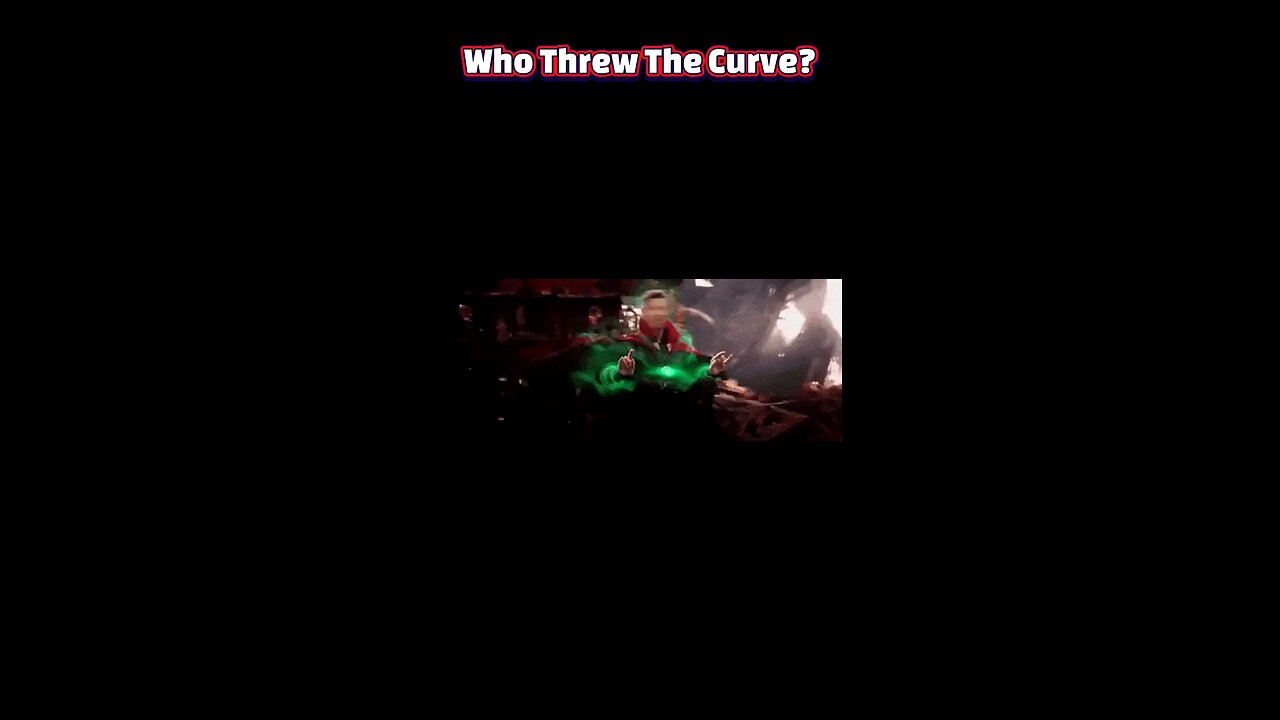Premium Only Content

Doctor Strange’s 1-in-14M Plan: The Hidden Fail-Safe No One Saw Coming
#DoctorStrange #AvengersEndgame #MarvelTheory #MCUFanTheory #TimeStoneSecrets #MarvelCinematicUniverse #EndgameExplained #ComicLore #MCUPhase3 #MindBlown
Doctor Strange doesn’t pick a single, brittle domino chain; he picks a path that can take a hit. “One in 14,000,605” sounds like a razor’s edge, but surgeons don’t plan on miracles—they plan on redundancies. If a “secret fail-safe” exists, it’s not a hidden gadget in the Cloak of Levitation; it’s a design philosophy: anchor points that snap the future back into place when people or probability wobble. Strange isn’t the god of control—he’s the custodian of convergence.
Start with the most uncomfortable anchor: Tony’s death. Strange withholds the outcome because foreknowledge can shatter it, but he keeps one lever in reserve: disclosure at the last possible second. The raised finger isn’t theatrics; it’s a fuse. If Tony flinches, the truth itself becomes the fail-safe—ethical, not mechanical—giving Stark the final clarity required to choose the only win that exists. Strange preserves agency as the pressure valve that prevents the timeline from boiling over.
The second layer is systemic redundancy. Strange seeds a victory that doesn’t require perfection, only alignment: the rat, the quantum hail-mary, the portals opening on a world that decided—over five years—to be ready. He can’t force these beats, but he can select a branch where randomness is an asset, not a threat, an antifragile route where setbacks forge resolve and coalition. That sprawling army isn’t a coincidence; it’s what happens when a sorcerer plans for human nature to do what it does best under grief—organize, adapt, and show up.
There’s also the stone logic. By surrendering the Time Stone, Strange collapses certain degrees of freedom for both sides: no do-overs for the heroes, no easy alternative branching for Thanos once he commits to the Gauntlet’s brutal calculus. Whether or not he laces the handoff with protective enchantments, he engineers a scenario where the Stones must be used in a way that burns the user and invites sleight-of-hand—exactly the kind of exploitation Stark’s adaptive nanotech can pull. The “fail-safe” here isn’t a spell that guarantees success; it’s a constraint that forces the endgame to happen on terms Tony can actually hack.
In the end, Strange’s secret safeguard isn’t a Plan B—it’s a plan built to survive being human. He anchors the outcome to an absolute moral decision, scaffolds it with a world that can rally, and holds back one final push—the truth—until the precise second it will save everything without stealing anyone’s choice. That’s the paradox of his victory: the most reliable fail-safe in a universe of gods and probability is a single mortal deciding, freely, to do the necessary thing.
-
 1:23:55
1:23:55
Benny Johnson
1 hour ago🚨Trump LIVE Right Now at Emergency Press Conference with FBI Director Kash Patel in Oval Office
21.9K15 -
 3:22:05
3:22:05
Right Side Broadcasting Network
7 hours agoLIVE: President Trump Hosts a Press Conference with FBI Director Kash Patel - 10/15/25
92.1K10 -
 LIVE
LIVE
Dr Disrespect
6 hours ago🔴LIVE - DR DISRESPECT - BATTLEFIELD 6 - THE PERFECT WEAPON
1,513 watching -
 44:24
44:24
Clownfish TV
3 hours agoCNN is Angry 'The Male Gaze' Returned! TRADWIVES and SYDNEY SWEENEY are Blamed?! | Clownfish TV
5.09K6 -
 LIVE
LIVE
LFA TV
19 hours agoLIVE & BREAKING NEWS! | WEDNESDAY 10/15/25
1,418 watching -
 UPCOMING
UPCOMING
freecastle
5 hours agoTAKE UP YOUR CROSS- CONTEND earnestly for the FAITH once for all entrusted to the Saints!
1151 -
 1:09:38
1:09:38
vivafrei
2 hours agoLiquid Death-Gate! Text Message-Gate! Ostrich-Gate! AN
57K22 -
 LIVE
LIVE
The HotSeat
1 hour agoAmericans Are Turning Back to God — While Terror Rises Again in Gaza
716 watching -
 LIVE
LIVE
Owen Shroyer
1 hour agoOwen Report - 10-15-2025 - Government Shutdown Political Slop Show Continues
1,335 watching -
 1:26:01
1:26:01
The Quartering
3 hours agoYoung Republican Smear, Woke Sidewalks Washed Away, Major Changes To X & More
90.2K34